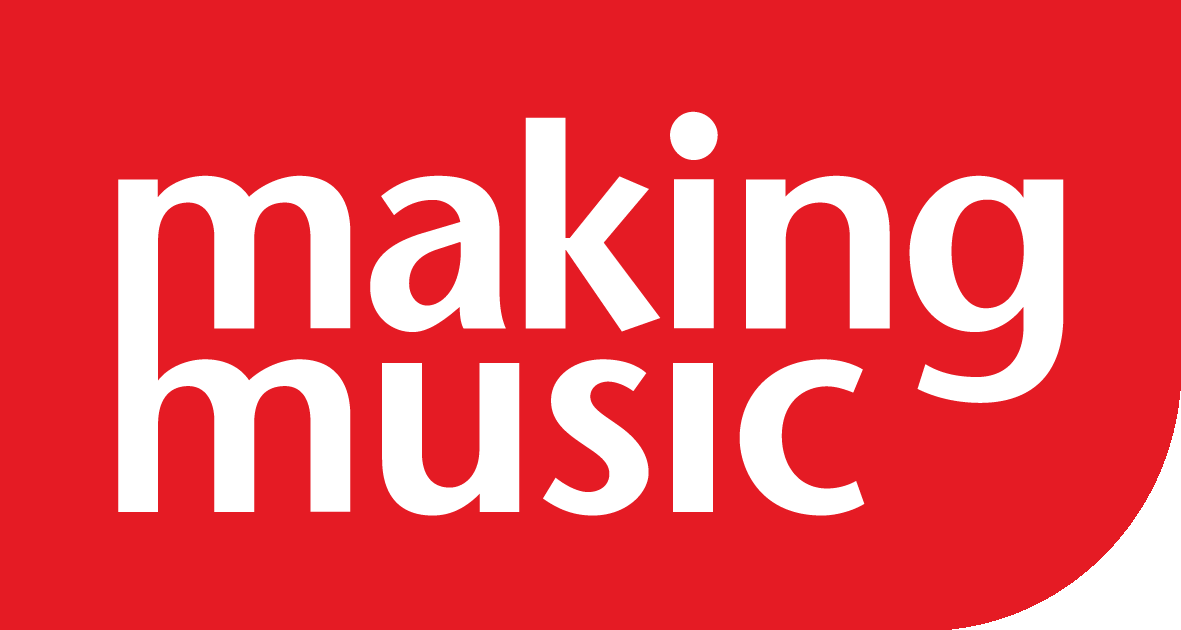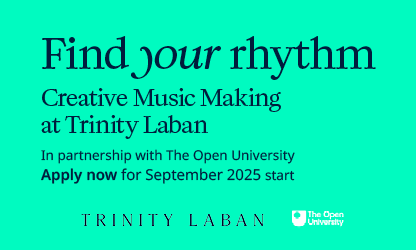An introduction to: Barbershop
At Making Music we're having a look at some of the music that our members make, and we've decided to begin with Barbershop. What makes this genre unique? Why is it so easy for singers to get hooked on Barbershop? And what's this thing about 'singing polecats'?
So you want to sing Barbershop, or you are just curious about why this genre has been gaining world-wide popularity? We’ve produced this short guide that should answer most of the questions you may have. (And if we’ve missed anything, do get in touch at info@makingmusic.org.uk)
What is Barbershop?
We know that music genres seldom fall within strict definitions. But there are certain things that are usually true about Barbershop:
- Four parts. A Lead sings the melody most of the time, while a Tenor harmonises above the Lead, a Baritone completes the chord and a Bass harmonises at the very bottom (this suggests that Barbershop should always be sung by quartets, but there are also many choirs that do it, as long as they respect this distribution of the voices).
- A cappella: Barbershop usually isn't accompanied with musical instruments, though you can expect lots of finger snapping and foot tapping!
- Ringing chords. The Tenor, Baritone and Bass complete chords for almost every note that the Lead sings. When these four voices are in perfect harmony, they create a ringing chord with an overtone that almost sounds as if a fifth person was singing.
What about the striped coats and the funny hats? If you want to, go ahead and wear them. But most singers nowadays are not bothered.

Finest Hour, a quartet from Chesterfield and Preston, won the Gold Medal in the 2016 national competition of the British Association of Barbershop Singers (Photo credit: Event-Photos.co.uk)
Where does Barbershop come from?
The Barbershop movement was born on April 11 1938 in Tulsa, Oklahoma, to revive and preserve a style of music that was linked to barbershops (which, more than grooming salons, were basically places for men to hang out) in America. You'll find an interesting account of that first meeting on the website of the Barbershop Harmony Society (BHS).
But Barbershop music itself was born from a long process of evolution and blending that fed from very diverse (and sometimes even conflicting) sources: Gregorian chant from the 10th century, religious choral music from the 16th, the harmonic resolutions and embelishments of classical music, the unabashedly racist Minstrel Shows, the black music of the plantations with its African polyrhythms, some of the early blues and jazz (Louis Armstrong sang in a quartet on the streets of New Orleans as a child!) and the vaudeville of the early 20th century, with its mix of burlesque comedy, song and dance.
Want to know more about the history of Barbershop? Check out this hour-long session led by the historian Dr David Wright.

The iconic cover illustration by Norman Rockwell for an edition of The Saturday Evening Post in 1936 captures a Barbershop quartet hitting a perfect chord
What's so special about Barbershop?
Many things, but two in particular. 'That the melody in most Western music is usually carried most of the time by the highest voices, whilst in Barbershop the highest voice (Tenor) is used to harmonise the melody carried by the Lead,' explains David Wright.
And, more importantly, the emotional effect caused by that fifth note seems to materialise out of nowhere whenever a "Barbershop chord" is struck just right. 'The result is a tingling of the spine, the raising of the hairs on the back of the neck, the spontaneous arrival of goose flesh on the forearm,' wrote Jim Ewin back in 1961.
So what's the repertoire?
Just about any song works, as long as there is someone around to arrange it for close (within an octave) four-part harmony. There are some classics, the so-called polecats, which most quartets are expected to know. The Ladies Association of British Barbershop Singers (LABBS) has this list, which they update regularly, and the male British Association of Barbershop Singers (BABS) has a great collection of oldies.
But there is no need to stick to the classics, as you can see in the video playlist below.
Are you interested in arranging music for Barbershop? Check out this website for some useful tips. The American BHS also have some valuable resources on their website.
How do you get involved?
If you want to join a choir, have a look at our Find a group tool. To attend a performance, check our events calendar, which regularly includes concerts from some of our 100+ Barbershop member groups. To find downloadable Barbershop sheet music arrangements (with international copyright clearance), try the Barbershop Harmony Society Marketplace. Finally, you can go to the websites of BABS, LABBS or the UK chapter of Sweet Adelines International to find events (including their annual conventions), quartets and choirs for hire and more advice about how to hit that perfect chord.
We hope you find this Making Music resource useful. If you have any comments or suggestions about the guidance please contact us. Whilst every effort is made to ensure that the content of this guidance is accurate and up to date, Making Music do not warrant, nor accept any liability or responsibility for the completeness or accuracy of the content, or for any loss which may arise from reliance on the information contained in it.



